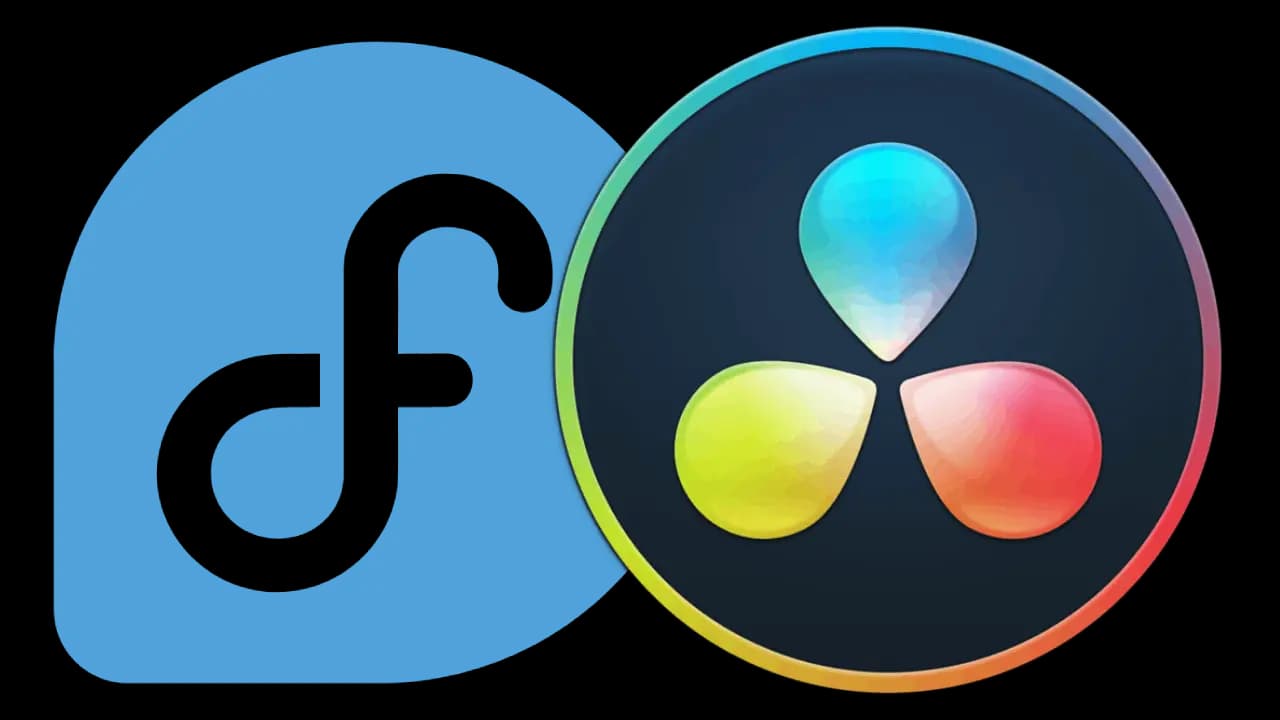How to Install and Use DaVinci Resolve on Fedora
Florian Ludewig
Nov 11, 2021

DaVinci Resolve is one of the most powerful video editing software out there. But installing and using it on Linux can be quite painful at first. In this post I'll show you how to install the software on Fedora. I'm also going to show you how to fix common problems like installing graphics drivers and MP4 file format.
Prerequisites
- NVIDIA graphics card
- Fedora 34 or later
Install DaVinci Resolve
Go to the official website, download DaVinci Resolve for Linux and extract the archive. Then simply run the DaVinci_Resolve_XX.X.X_Linux.run file and go through the installation wizard.
After the installation has finished you will be able to open DaVinci Resolve from your apps. In case it doesn't start the first time you run it, just try again.
Fix graphics errors
If Resolve starts without problems you can go on to the next section. Otherwise, you most likely need to install GPU drivers.
But don't worry, there is an amazing CLI tool which does all of the hard work for you. It's called nvidia-auto-installer-for-fedora. To install NVIDIA GPU drivers, run those commands:
sudo dnf install -y dnf-plugins-core
sudo dnf copr enable t0xic0der/nvidia-auto-installer-for-fedora -y
sudo dnf install -y nvautoinstall
sudo nvautoinstall --rpmadd
sudo nvautoinstall --driver
Reboot your computer! Unfortunately, I was once again greeted with another error: "Unsupported GPU Processing Mode". To solve that you need to install mesa-libGLU like this:
sudo dnf install -y mesa-libGLU
After that my DaVinci Resolve finally started working flawlessly. If you're still having trouble you can try starting the app from the terminal like this:
/opt/resolve/bin/resolve
Any errors will be logged in the console. Then you can dig into it and try to fix it yourself. Good luck my friend 😉
Fix audio playback lag
In my case the audio playback had a significant delay by default. There is an easy fix:
sudo dnf install -y alsa-plugins-pulseaudio
Import MP4 videos
Soon you will realize, that the Linux version of DaVinci Resolve doesn't support the MP4 file format. I know, that's a major bummer. Although not beautiful, there is a workaround: Convert compressed .mp4 to uncompressed .mov with ffmpeg. At first you need to install ffmpeg:
sudo dnf -y install ffmpeg
Then you can convert a single video like this:
ffmpeg -i <input.mp4> -c:v mpeg4 -q:v 0 -pix_fmt yuv420p -c:a pcm_s16le <output.mov>
You can also convert multiple videos like this:
for i in *.mp4; do ffmpeg -i "$i" -c:v mpeg4 -q:v 0 -pix_fmt yuv420p -c:a pcm_s16le "${i%.*}.mov"; done
Export videos
After you've rendered a project out of DaVinci Resolve you can compress your resulting .mov to an .mp4 like this:
ffmpeg -i <input.mov> -c:v libx265 -pix_fmt yuv420p -crf 22 -c:a libopus <output.mp4>
I recommend to following render settings:
- Go to
Render Settings>Video - Set
FormattoQuickTime - Set
CodectoMPEG - Set
TypetoMPEG4 Video - Set
QualitytoBest
Recording videos with OBS
Open Broadcaster Software is arguably the most popular video recording software. You can actually configure it to record in a file format that is supported by DaVinci Resolve. That definitely smoothens your video creation workflow. Here is how to do it:
- Set:
Settings>Output>Output ModetoAdvanced - Open:
Recordingtab - Change
TypetoCustom Output (FFmpeg) - Set
Container Formattomov - Set
Video Encodertompeg4 - Set
Audio Encodertopcm_s16le
The resulting .mov can be imported into DaVinci Resolve without any further work.
Uninstall
To uninstall, just search for "Uninstall DaVinci Resolve" in your applications and go through the wizard.
Alternatively you can run the following commands to uninstall the software:
sudo rm -f -r /opt/resolve
sudo rm /usr/share/applications/com.blackmagicdesign.*.desktop
sudo rm -f -r ~/Documents/BlackmagicDesign